Stitchers have stuff. That’s a fact. After all, can one ever have enough fabric? And what about tools and supplies? We might need them someday!
Here’s another fact: we can overwhelm our spaces and ourselves with all that we collect. Piles of fabric, boxes of beads, overflowing bobbins, and pins and needles everywhere can make for a chaotic maker space.
Fear not! We’ve asked some well-known textile artists and some of our Stitch Club members to share their best tips for organising their creative spaces. Some of these makers have separate studios while others create art in their homes, but all of their strategies could work well in almost any space.
We feature tips from Elisabeth Rutt, Jennifer Collier, Jeannie Holler, Lauren Austin, Jess Richardson, Isobel Currie, Rosalind Byass and Deborah Boschert.
Their overarching goals are to know what they have to hand and how to easily find what they need. What more could you ask for?
It’s time to get organised!
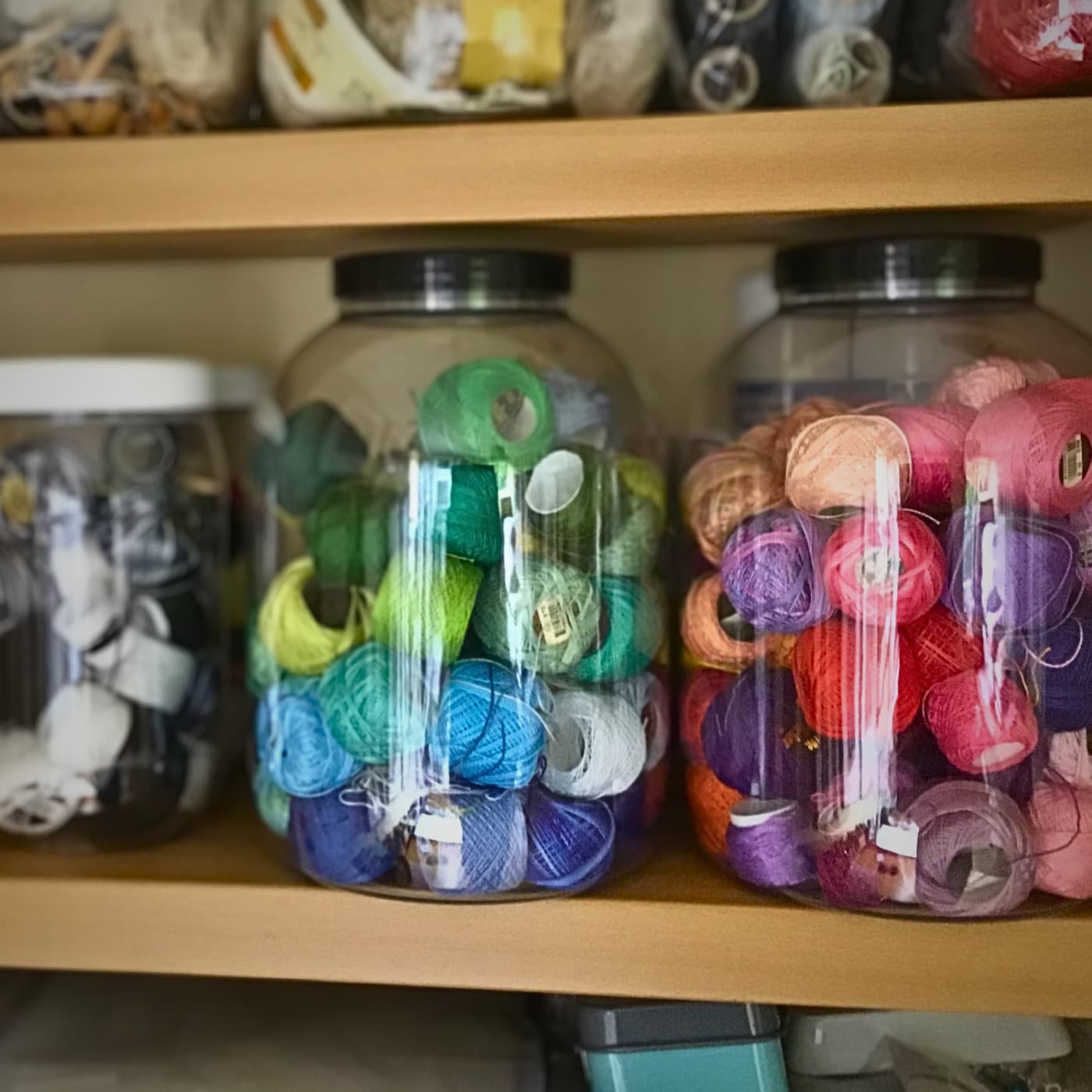
Elisabeth Rutt
Elisabeth Rutt, Textile artist: Keeping my materials organised first by type and then by colour makes it so much easier to find something when needed. It’s a filing system of sorts that helps prevent wasted time.
I use clear plastic sweetie jars to house cotton perlé threads which I then sort and group together by colour in each jar. I keep machine threads, sorted by colour, in clear plastic shoe boxes.
My fabrics are grouped by type, such as cottons, sheers, silks, velvets, weaves, textured and ‘specials’. I use wire baskets on a frame that works as drawers, and if I have enough, I’ll group them by colour as well.
Colour coded threads
Space is limited in my studio, so for my threads, I use a set of coloured plastic drawers on castors for any extra threads of whatever type. The red drawer has a glorious mixture of red threads of all weights, as does the green, blue and other colours.
I also use microwave food containers to hold buttons sorted by colour and then nestle them in with the threads. And I have a smaller set of very similar drawers for seed beads organised by colour.
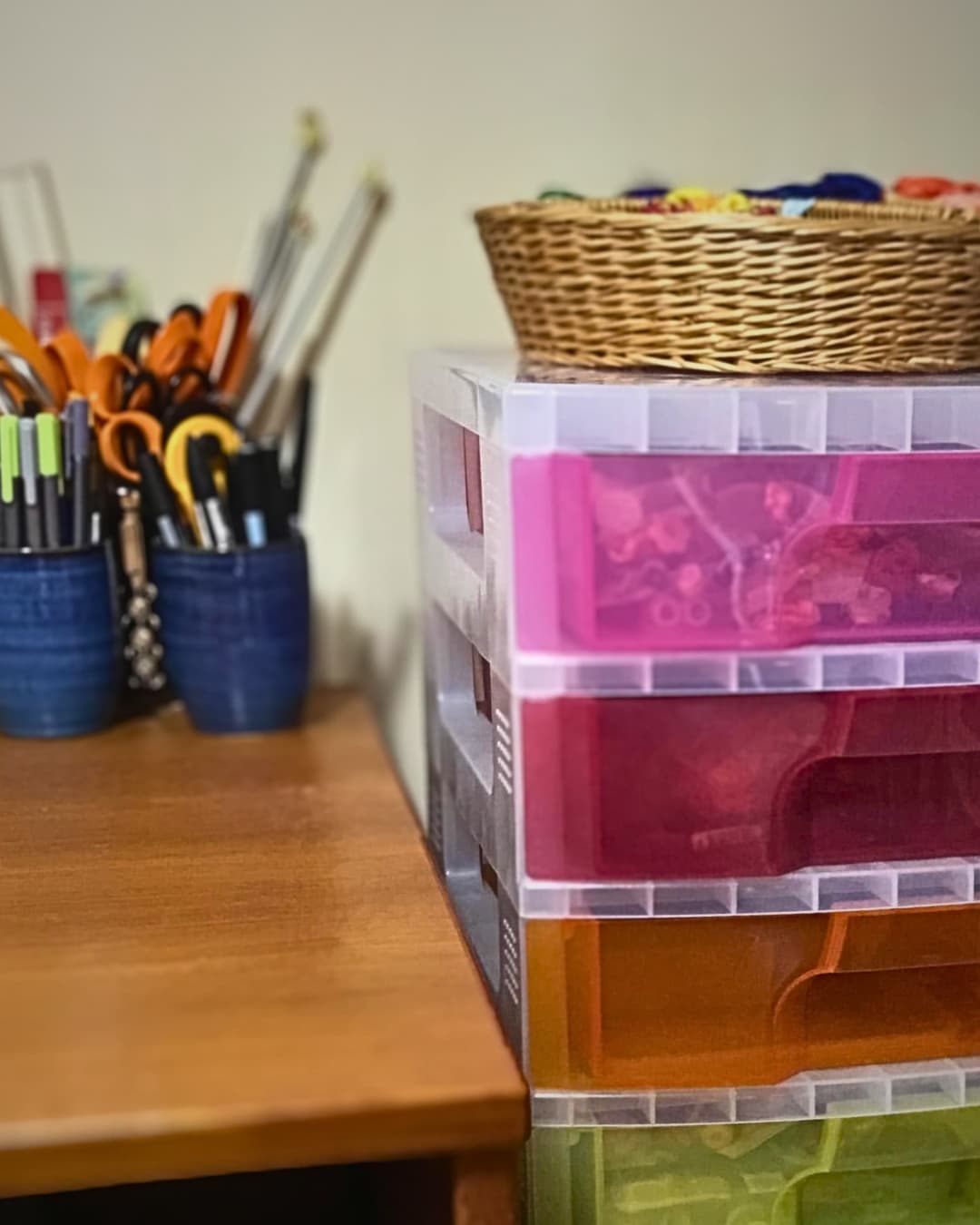
Organise tools by technique
I have years and years worth of collected fabrics, threads, art and design materials, books and tools, so I’ve had to learn what to keep near me and what to archive elsewhere when not in use.
I have clear plastic crates on warehousing shelves in our garage and shed. They’re organised by technique. For example, mono-printing tools and equipment are in one, while transfer printing equipment with suitable fabrics and papers are in another.
“My biggest challenge is deciding what to archive out of my room to make space for making new work!”
Elisabeth Rutt, Textile artist
Elisabeth Rutt works from her home studio in Bury St Edmunds, Suffolk. She tutors and mentors design and textile students in schools and adult education. In 2022, she was accepted as a member of the Society of Designer Craftsmen.
Artist website: elisabethrutt.co.uk
Instagram: @elisabethrutt
Facebook: elisabethruttstitchedtextiles
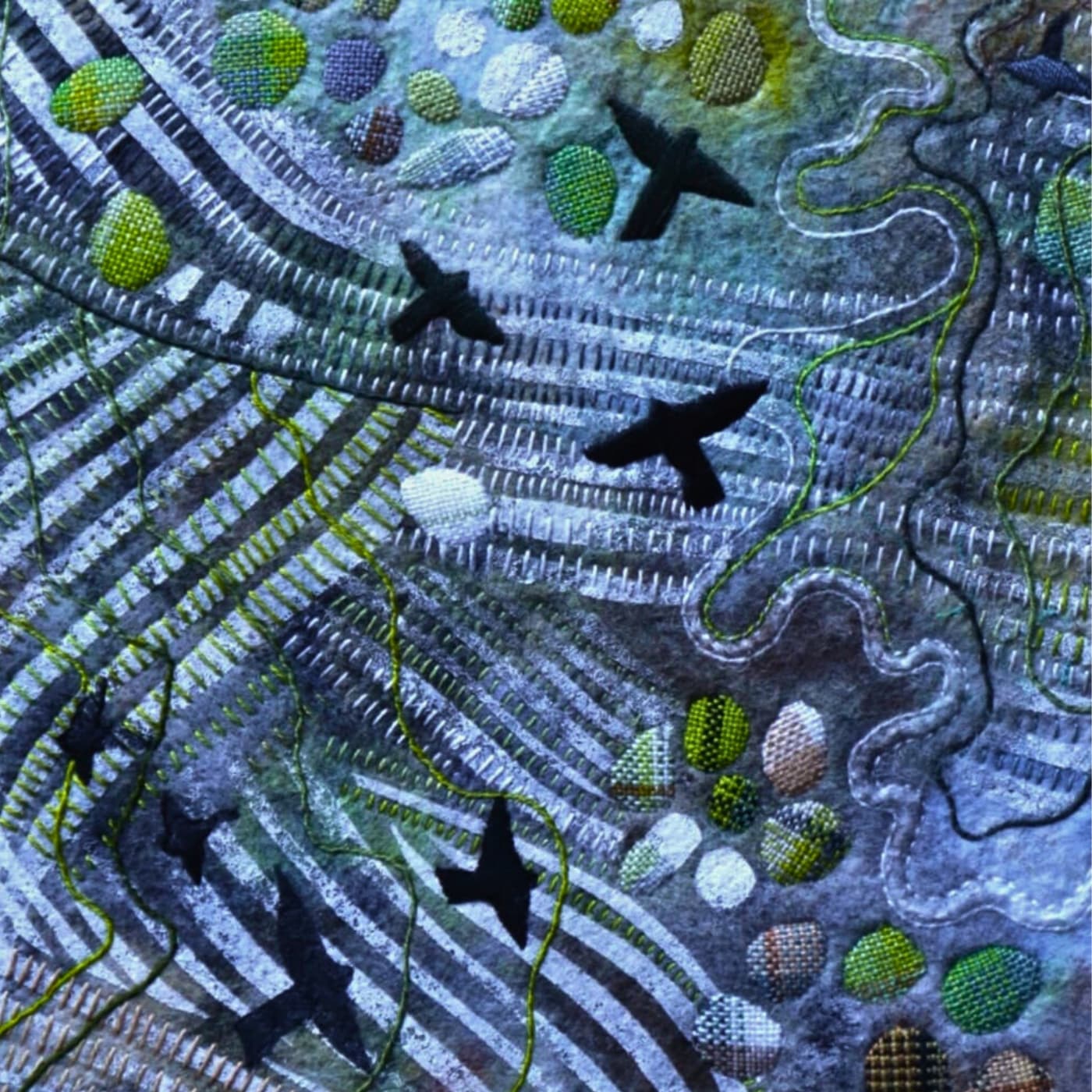
Lauren Austin
Lauren Austen, Quilt artist: I don’t have a system for storage, more a system for easy making. My creative space is a work in progress. It isn’t and shouldn’t be perfect. I work on many pieces at once, switching back and forth when I want something different.
I used to put unfinished works in a closet or drawer, and they’d often be forgotten. So, I now pin unfinished work on big design walls in my living space.
This allows me to study them when doing other things and think about what to do next. And because I create images of people, they’re always watching me. It’s like they’re saying ‘Lauren, stop playing that video game. The vacuuming can wait. Get busy and finish me!’
I also stopped hiding my fabric stash. I now use clear plastic bins, but I don’t spend a lot of time organising by colour or type. I like to open the bins and discover useful colours and textures. The search is part of the process.
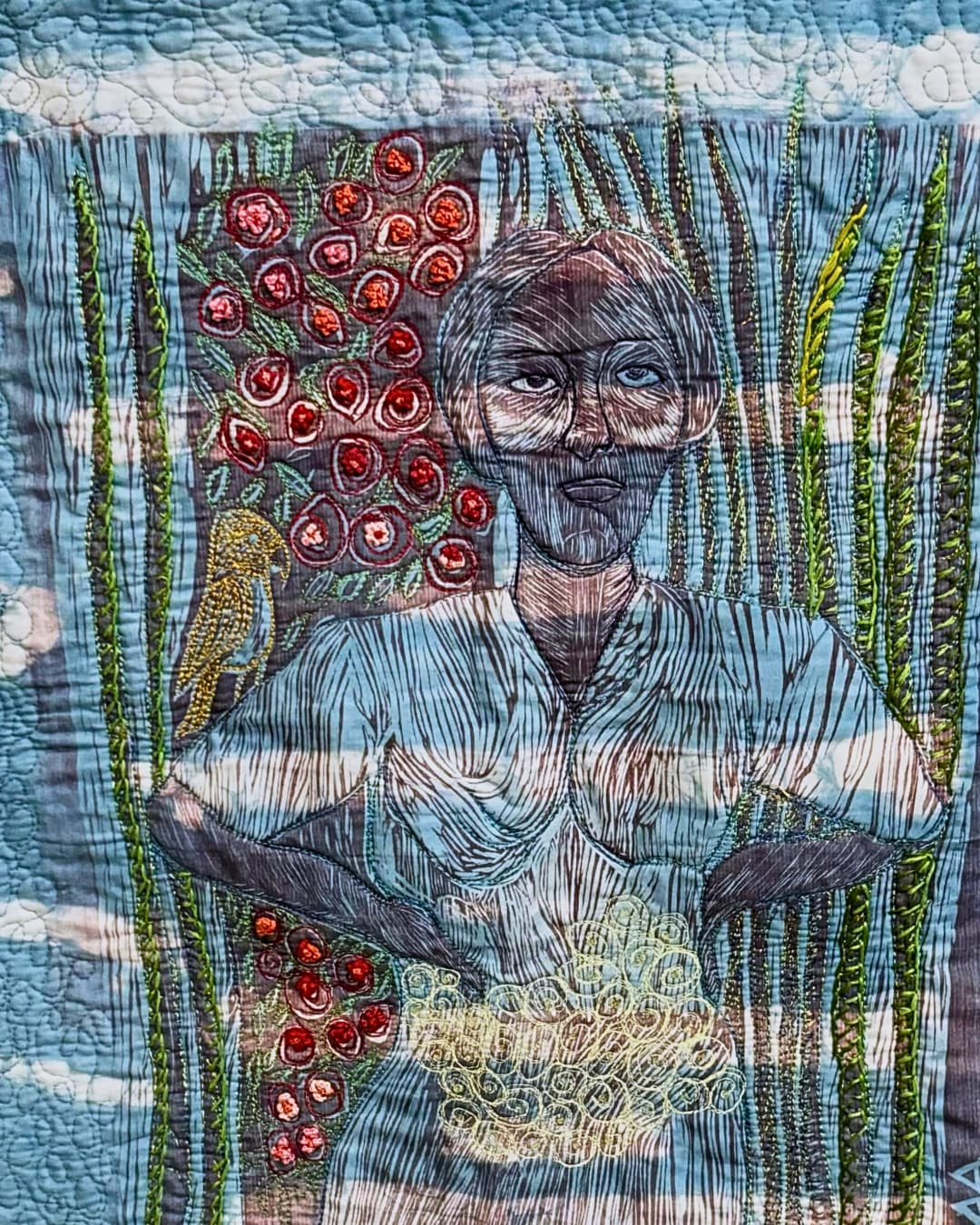
Wall storage
My tools are also stored on the wall. I used to put them in toolboxes, and of course, they became ‘out of sight, out of mind’. Now I use magnetic strips for my scissors and metal tools, along with a wooden holder for my linoleum and wood block pieces. Keeping my tools in sight gives me the nudge to use them more frequently.
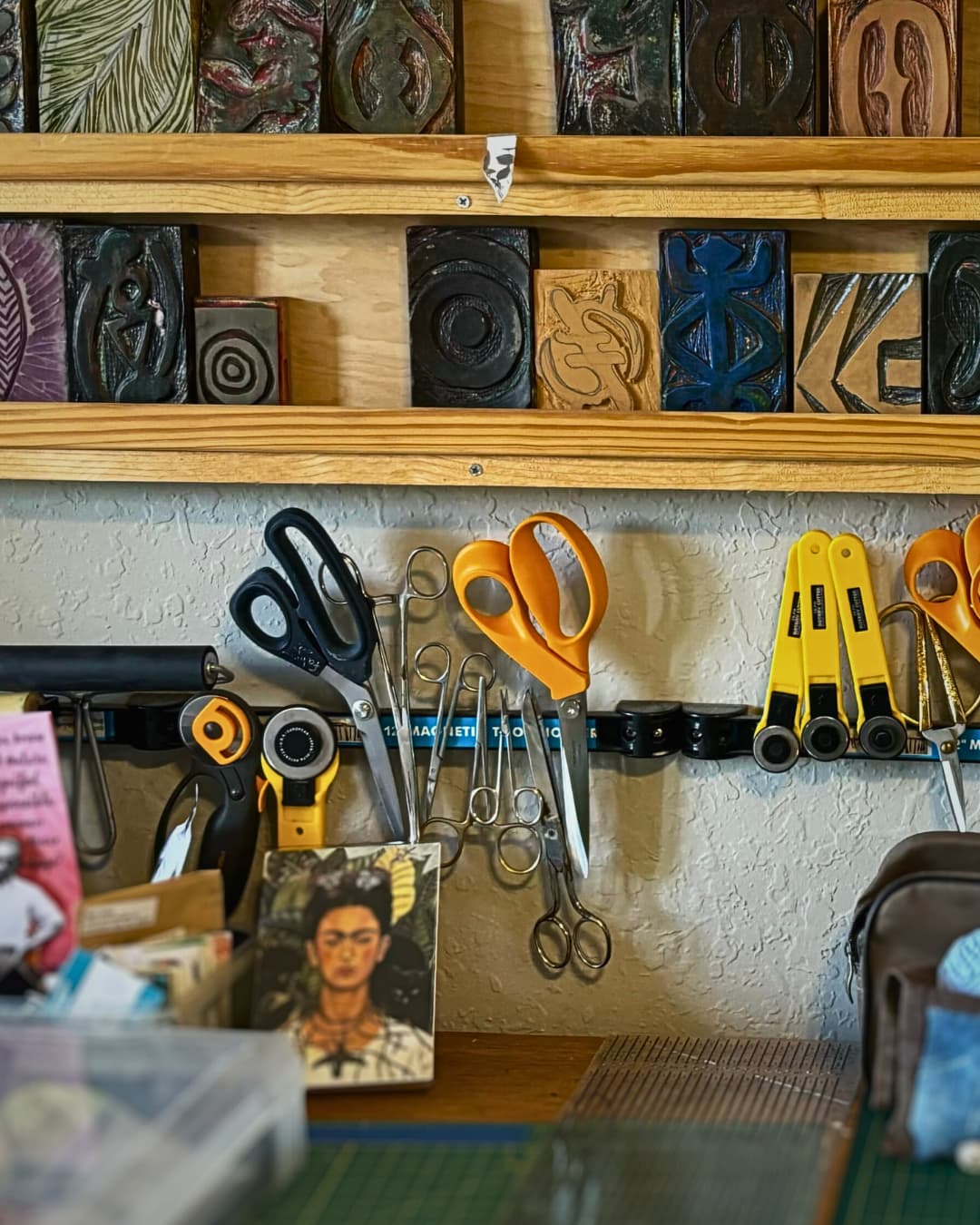
Workspaces everywhere
My workspace is my apartment, and every room except the kitchen, one bedroom and one bathroom is considered a workspace. But it’s not chaotic, because I try to put things back in their place when done.
I like working on art as much as possible, so it’s pleasing to see my tools and unfinished pieces on display.
Lauren Austin is based in Florida, USA. Formerly a human rights lawyer and lecturer, she became a full-time artist, storyteller and instructor in 2004. Her work is held in collections at the Smithsonian Museum of American Art (Washington, DC, US) and the International Quilt Museum in Lincoln, Nebraska, US.
Artist website: thatblackgirlart.com
Instagram: @blackgirlart1959
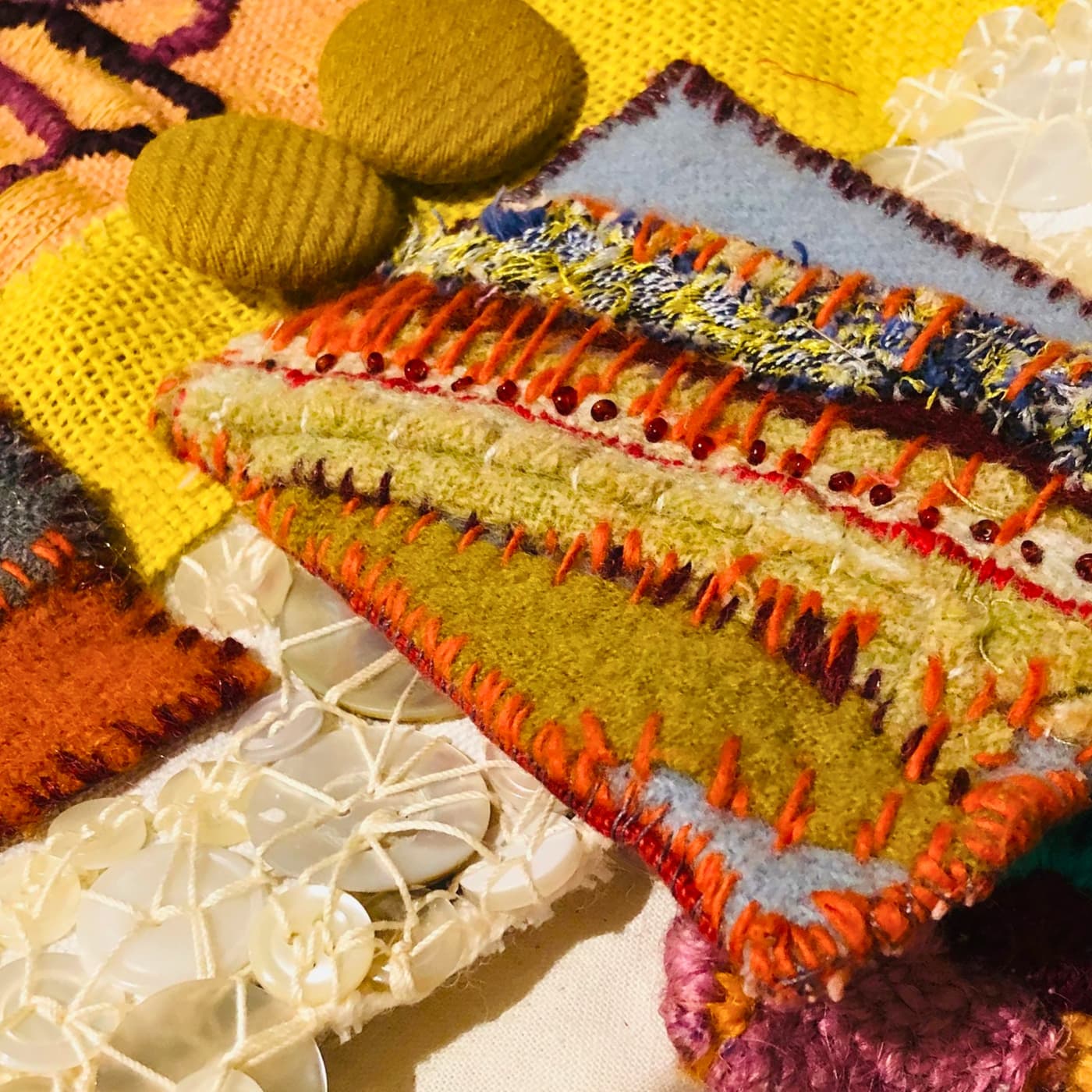
Rosalind Byass
Rosalind Byass, Stitch Club member: From the outset of participating in Stitch Club, I didn’t want my sample pieces stored in boxes. I wanted them to be easily accessible, arranged in a practical manner and visually appealing. So, I decided to design and construct a decorative textile journal.
It’s a working journal in which I can display completed workshop pieces as well as add and subtract samples. I made it large enough to hold the ever-growing number of pieces I’ve created and will continue to create.
“Every bit of my journal is made from recycled materials.”
Rosalind Byass, Stitch Club member
I’m passionate about recycling, reusing and reinventing, and it’s reflected within my textile art.
The journal’s cover is a visually striking original design hand stitched in wool on hessian with some hand appliqué. The durable cover is reinforced and lined with a large felt insert.
The smaller decorative ‘tiles’ on the cover began life as lockdown stitch meditations. Each day, I stitched for a half hour without any pre-planned intent. I just mindfully focused on the task at hand.
The journal’s pages are made from offcuts of heavy upholstery fabric bound with hand stitching. The hand stitching adds weight to the edges as well as gives a more finished look.
Pinned samples
I pin my sample pieces on the pages with ordinary dressmaking pins, making it easy to remove or rearrange them. Some pages also have large deep pockets to accommodate bulkier items such as fabric books.
I don’t include any written information, drawings or works in progress. It’s designed purely as a repository for completed samples.
My greatest challenge was how to turn the heavy and bulky pages. I needed something that allowed for stretching, so I used threaded elastic and added knots between the pages. It works perfectly.
Rosalind Byass lives in Melbourne, Australia. She is a textile artist creating original work often centred around memory, indulging her passions for pattern, colour and using recycled materials. Rosalind joined Stitch Club in 2020.
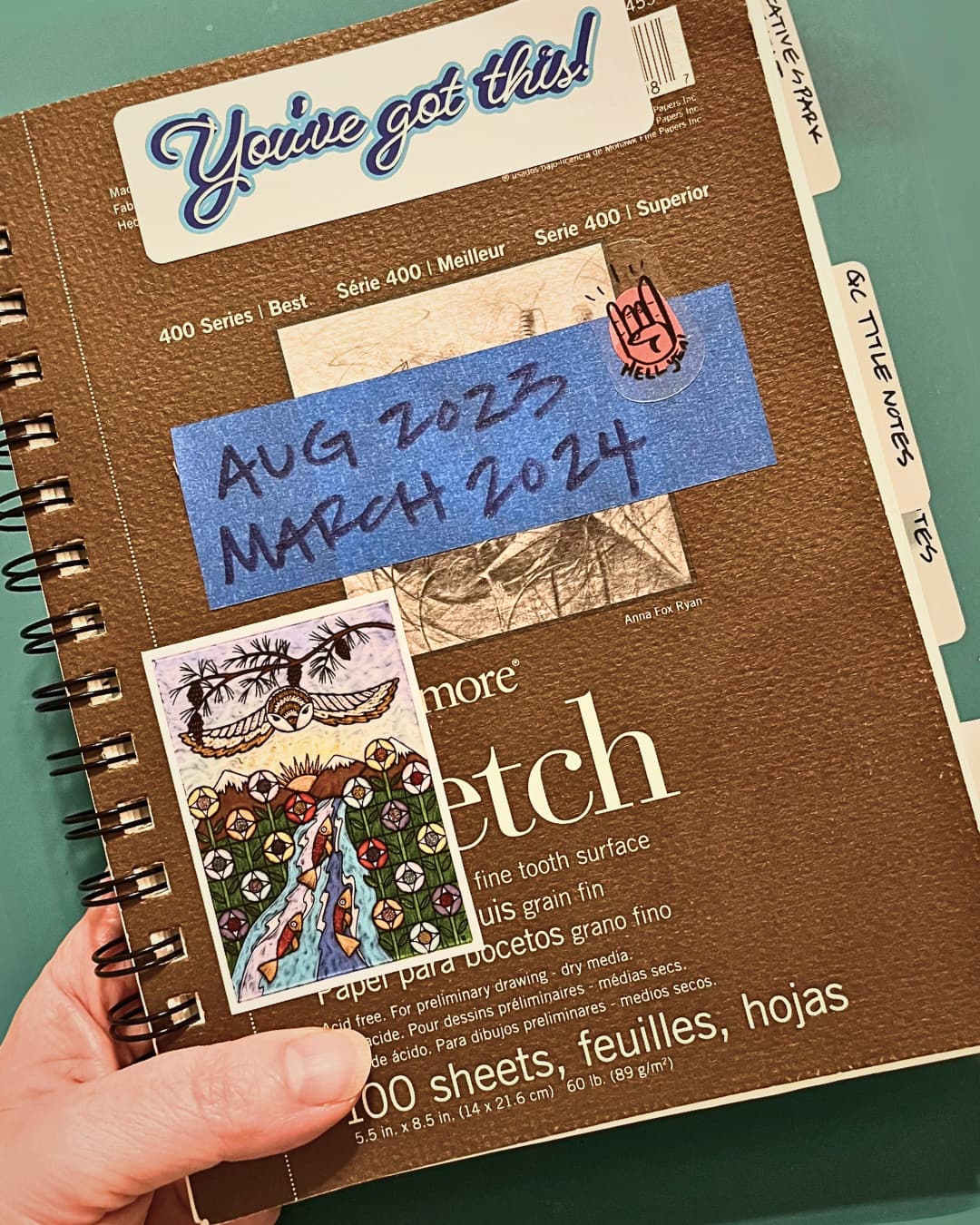
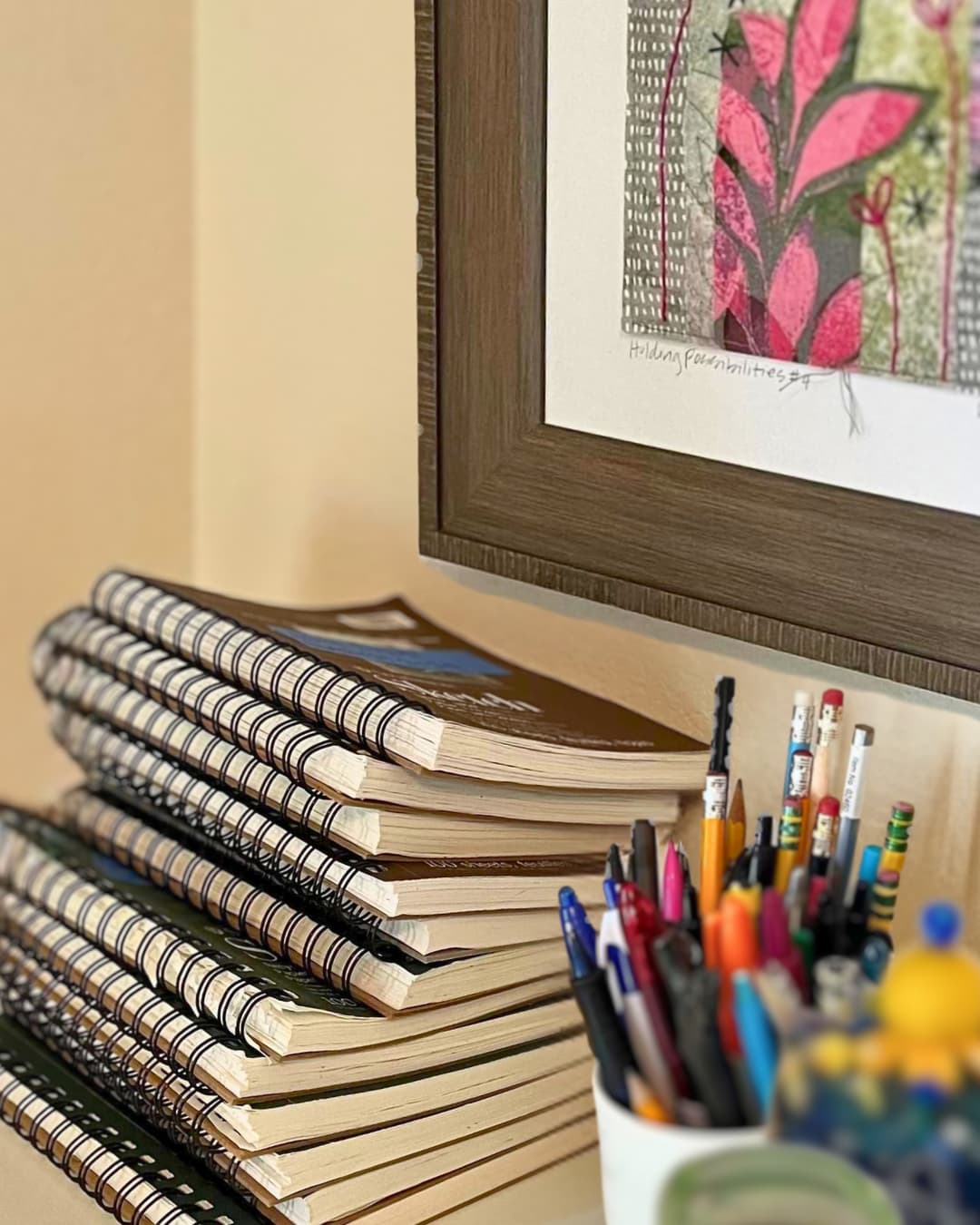
Deborah Boschert
Deborah Boschert, Textile artist: A few years ago, I decided to work with just one notebook at a time. I had been writing ideas on random sheets of paper or whatever was handy and, no surprise, they’d get mixed up or lost. I now keep everything in a single notebook: to-do lists, sketches, podcast recommendations, project ideas, workshop notes and other items as they come up.
I settled on a size and style I like, and I only use that same type of notebook. It’s a Strathmore 400 Series Sketch Pad, measuring 14cm x 21.6cm (5½” x 8½”).
When I finish a notebook, I go back through it and make tabs on the pages I might want to refer to in the future. Honestly, I could do a better job with this part of the process. And I mark the start and end dates on the cover of each notebook. The dates can help me refer back to a special project or event if I know the timeframe to consider.

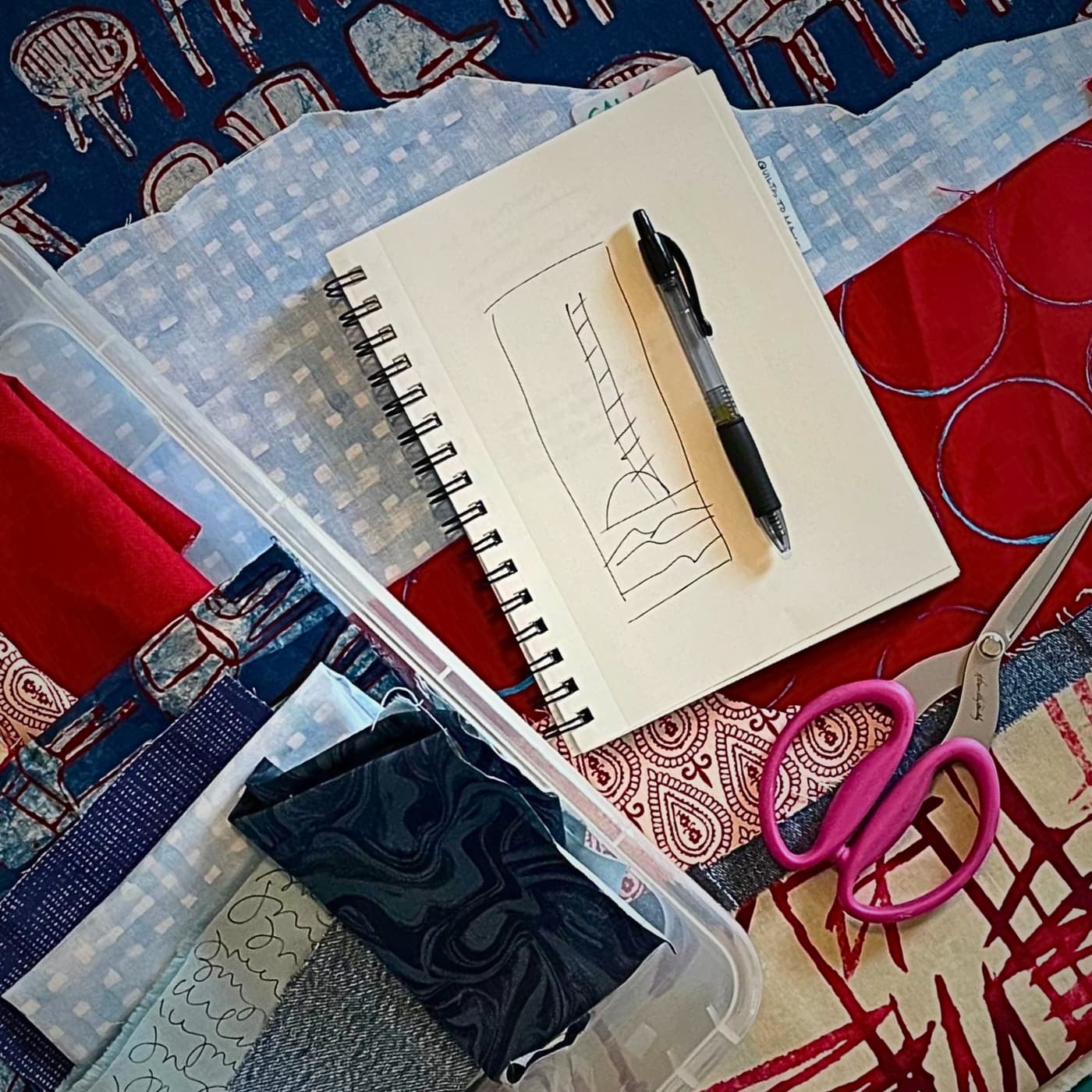
Project boxes
I also use a ‘project box’ when creating a new art quilt collage. After selecting fabrics reflecting my chosen colour palette, I keep the scraps and small pieces of fabric I don’t use in a plastic bin. I love how it keeps all those fabrics in one place, and if I need to add or patch something along the way, it’s all right there.
I often grow attached to the colours or ideas I’ve used, and I use the project box leftovers to make something similar or smaller.
Selecting a cohesive, inspiring colour palette is one of the most important and challenging parts of the creative process for me. Using project box fabrics allows me to skip that part of the process since they’ve already been selected and finessed during the last project.
Deborah Boschert is based in Texas, USA. She creates art quilts, teaches and is the author of Art Quilt Collage: A Creative Journey in Fabric Paint and Stitch. Deborah’s work is installed as a mural in the Dallas Arts District.
Artist website: deborahsstudio.com
Instagram: @deborahboschert
Facebook: DeborahBoschertArtist
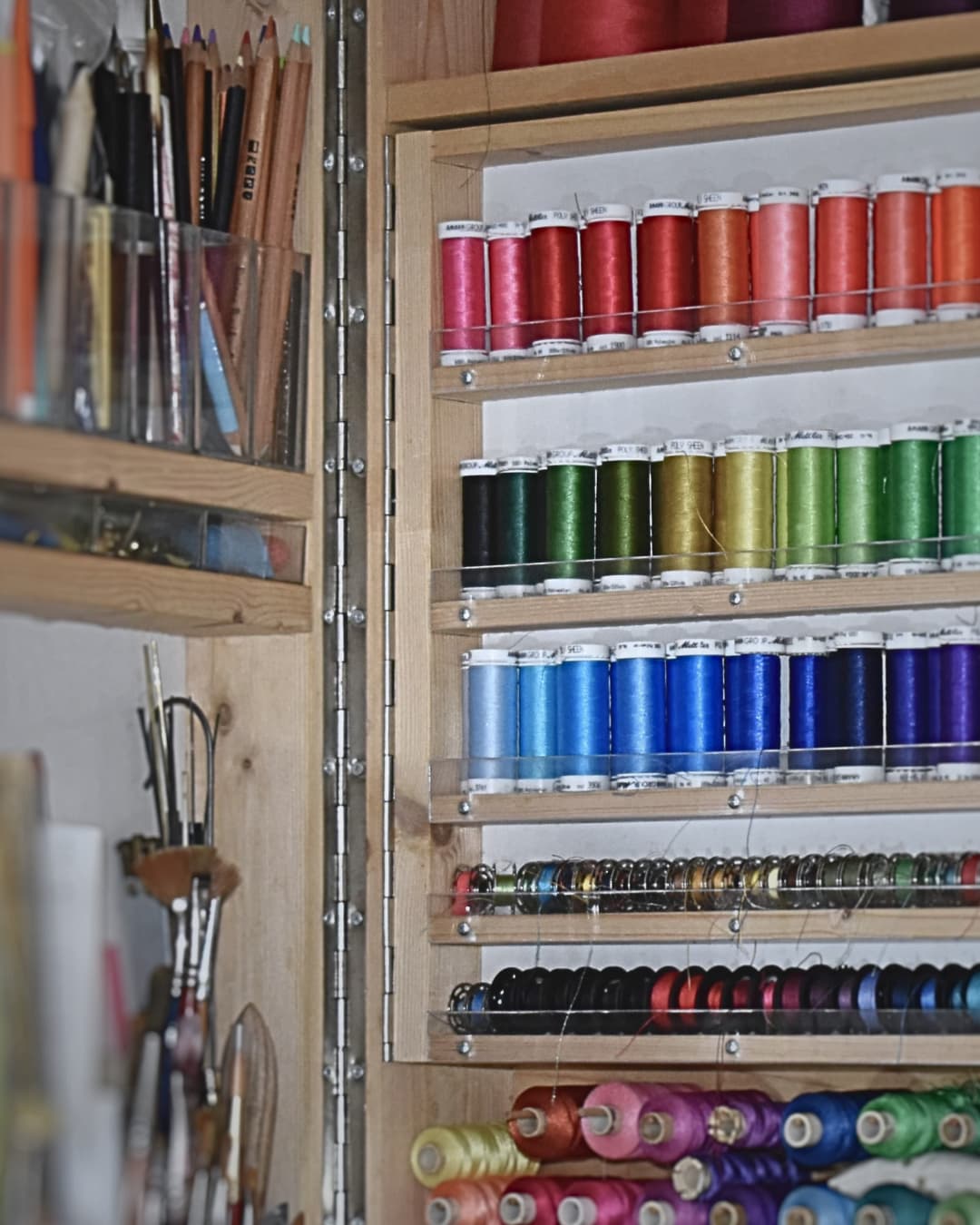
Isobel Currie
Isobel Currie, Textile artist: My studio is a small room in my home, so it needs to be versatile because I use it for all stages of my creative practice. I have an electric desk with an adjustable height. And my storage cupboards and drawers are behind me as I sit at my desk by the window. I use a swivel chair to easily gain access to all areas of my workspace.
I have always been someone who prefers order, so my main organising strategy is to keep my creative space clear by storing tools and materials. They’re still accessible when needed but storing them prevents distraction when working. I also prefer having my materials displayed by colour and type, making it easier to see what I have available.
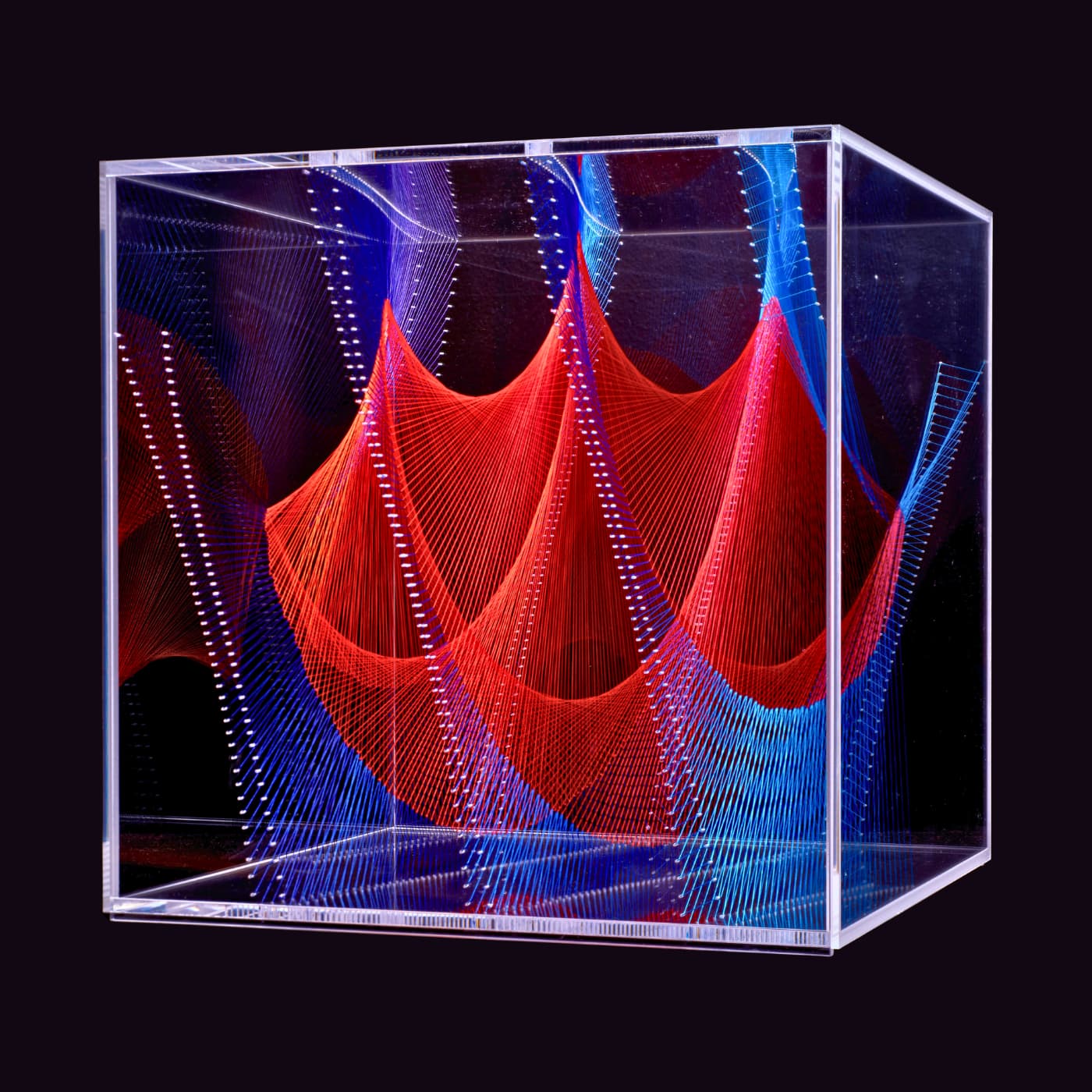
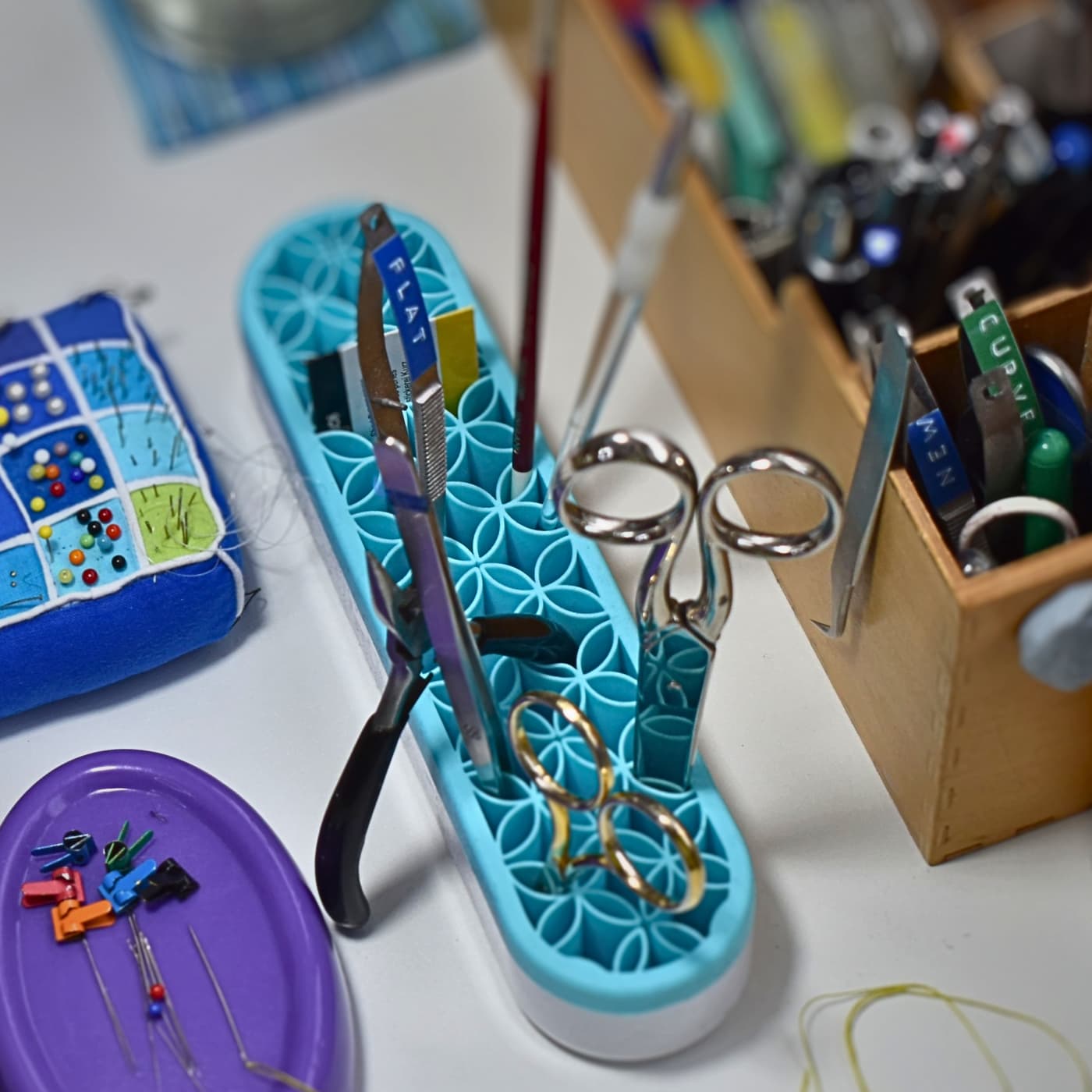
Planning your storage
I spent a considerable amount of time planning how to organise everything in an efficient way and then invested in appropriate furniture. I have a large purpose-built cupboard fitted with drawers, shelves and containers to house my threads, beads and tools. Fabrics are kept nearby in a group of Muji stackable drawers.
I also have to keep my desk area clear when stitching because I use long lengths of threads. So, a flexible Prym tool holder holds my pliers and cleaning brushes neatly away. I also have an Ikea desktop container close at hand that houses my essential tools, including scissors, tweezers, pencils and rulers.
I designed and made a pincushion that has marked areas for different types of pins and needles. A Hemline magnetic needle holder also helps keep my very tiny needles and clips safe. And I keep bobbins of thread and other materials on a DoCrafts Anita’s Clear Away Tray so that they can be easily moved around.
Isobel Currie is based in Greater Manchester, UK. She is an exhibiting member of the 62 Group of Textile Artists and is the winner of the 2023 Fine Art Textile Award for the most innovative use of textiles.
Artist website: isobelcurrie.com
Instagram: @isobel_currie_artist
Facebook: Isobel Currie, Embroidery Artist
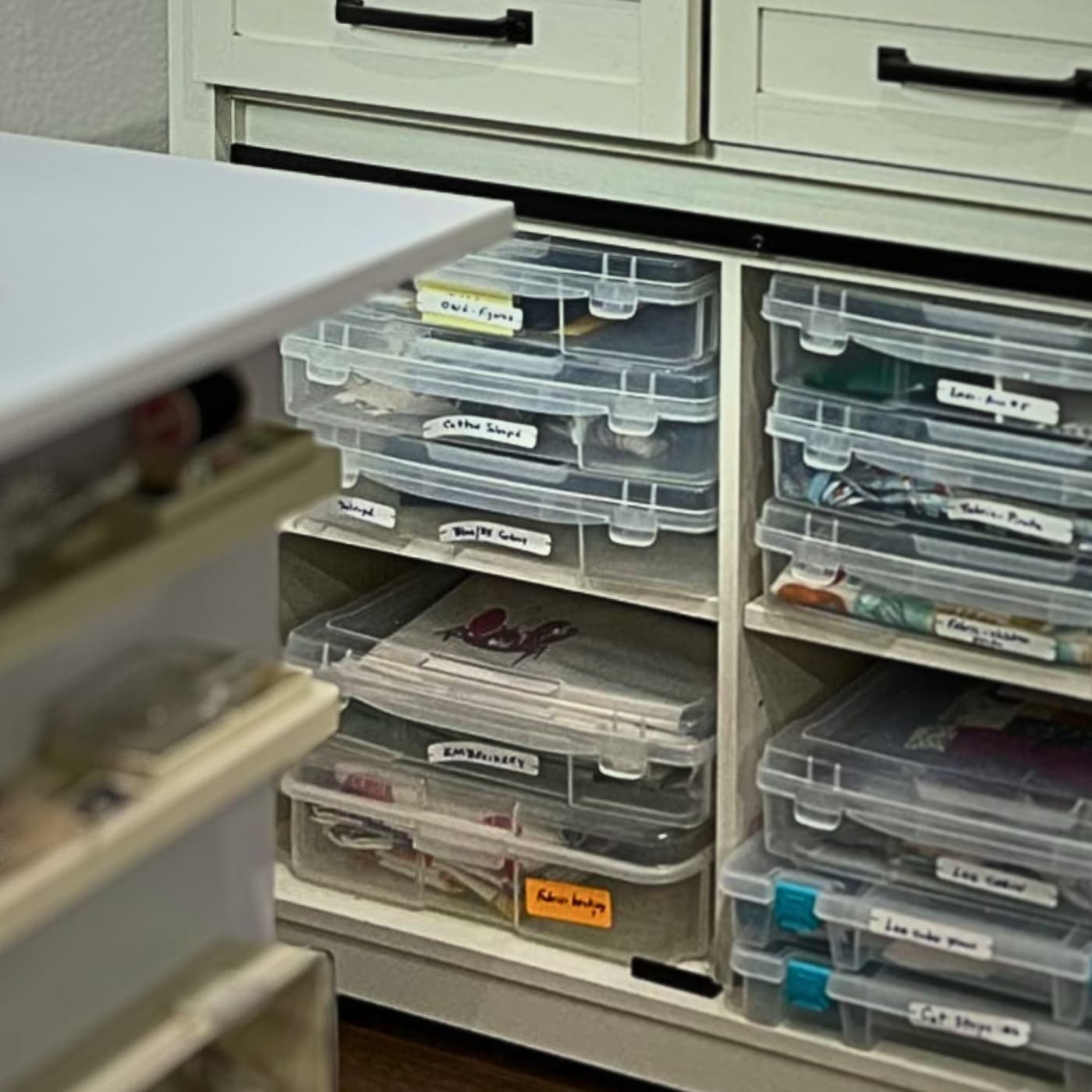
Jeannie Holler
Jeannie Holler, Stitch Club member: My primary goal is to use tools that bring clarity to my work. Organising those tools also helps me focus my ideas, thoughts and creativity.
Plastic bins and boxes allow me to categorise and sort both my tools and fabrics. These bins were my ‘first aid’ when it came to organising my studio. Another important addition is a shelf and cabinet system, which allows me to store those bins in ways that give me easy reference and access to my supplies.
Easy access sewing machine
My greatest challenge was the fact I personified my sewing machine. I didn’t want to ‘hurt its feelings’ by putting it away under a table or in a closet. I did have a sewing cabinet, but my sewing machine was too large.
Fortunately, my husband was able to adjust the cabinet’s opening using a jigsaw and white paint. Now I can lower the machine when not in use and have an additional flat workspace. And my sewing machine hasn’t complained once!
Even better, the old dining table on which my sewing machine had sat was now free to reuse as a large work and cutting table. The studio became more open and user friendly, and I can now see out my window as I sew.
Jeannie Holler is based in northern California, USA, and joined Stitch Club in 2020. She especially enjoys hand embroidery and crewel work. Jeannie also machine quilts and then adds hand embellishments.
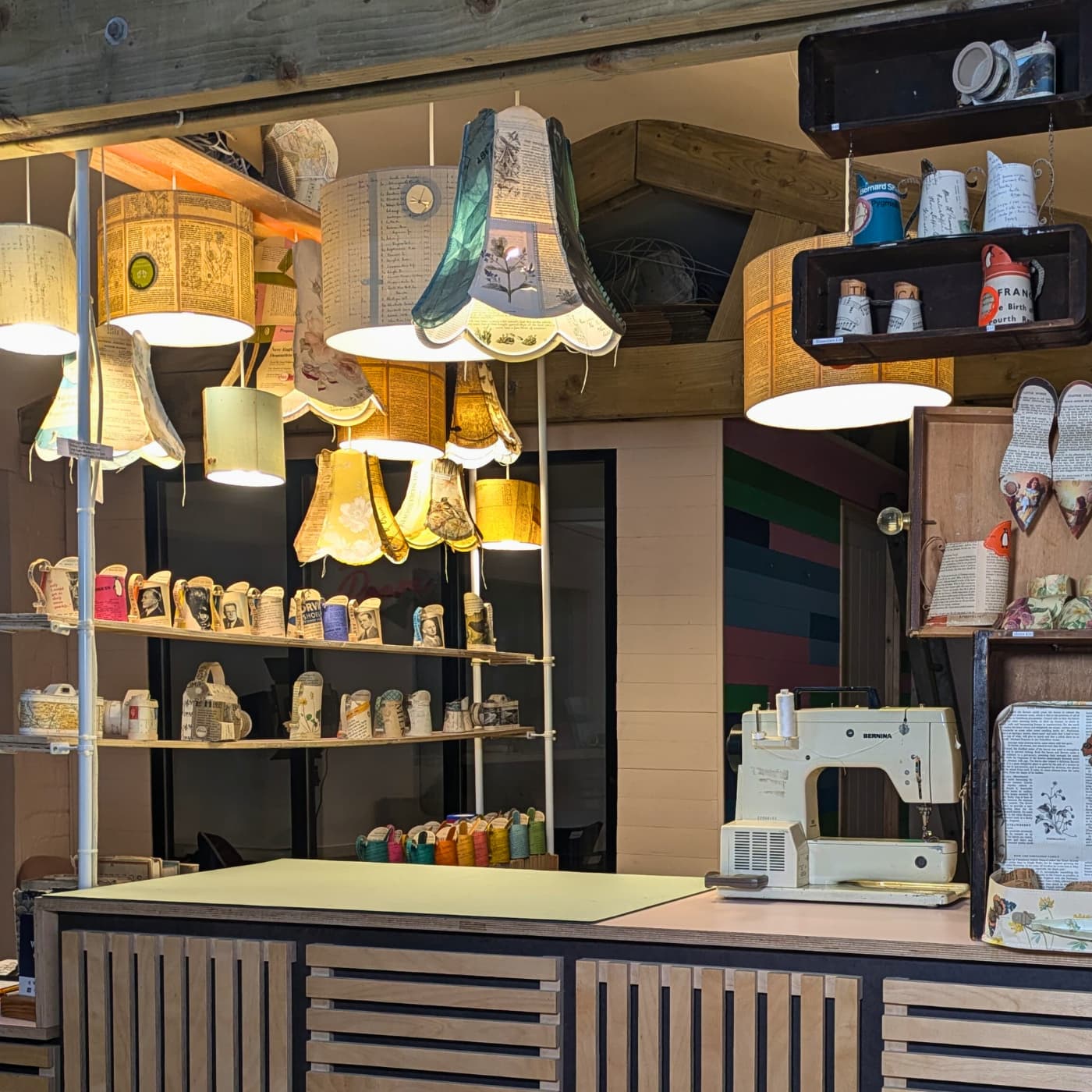
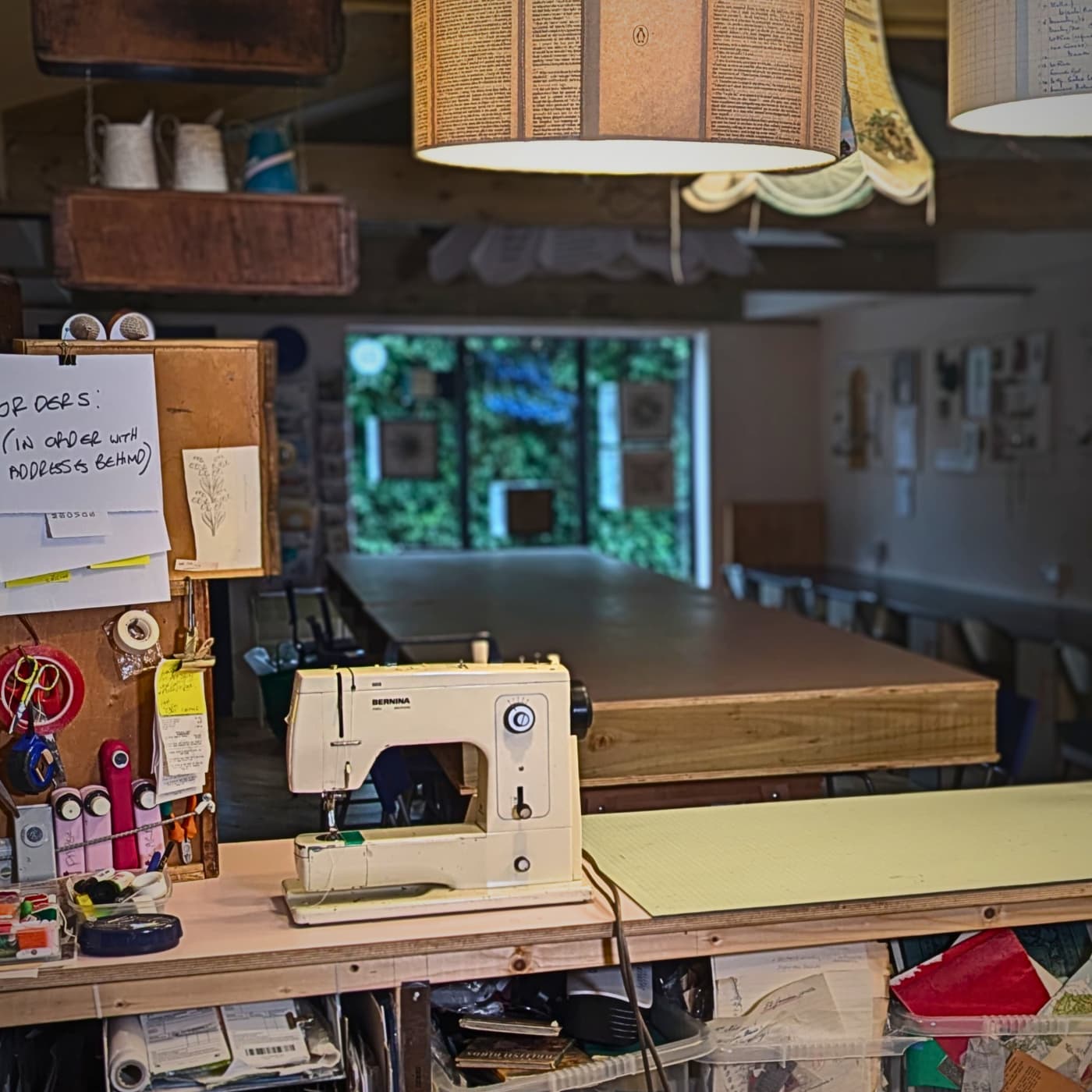
Jennifer Collier
Jennifer Collier, Textile artist: After 25 years of never being able to find the perfect paper that I knew was hidden somewhere in my stash, I created an effective filing system.
I have all my vintage papers in clear plastic boxes under my desk. Each box contains papers grouped by a similar theme or other shared feature. I’ve even organised my stationary the same way.
“Having all my materials and equipment close to hand and easy to find reduces frustration and allows more time for making.”
Jennifer Collier, Textile artist
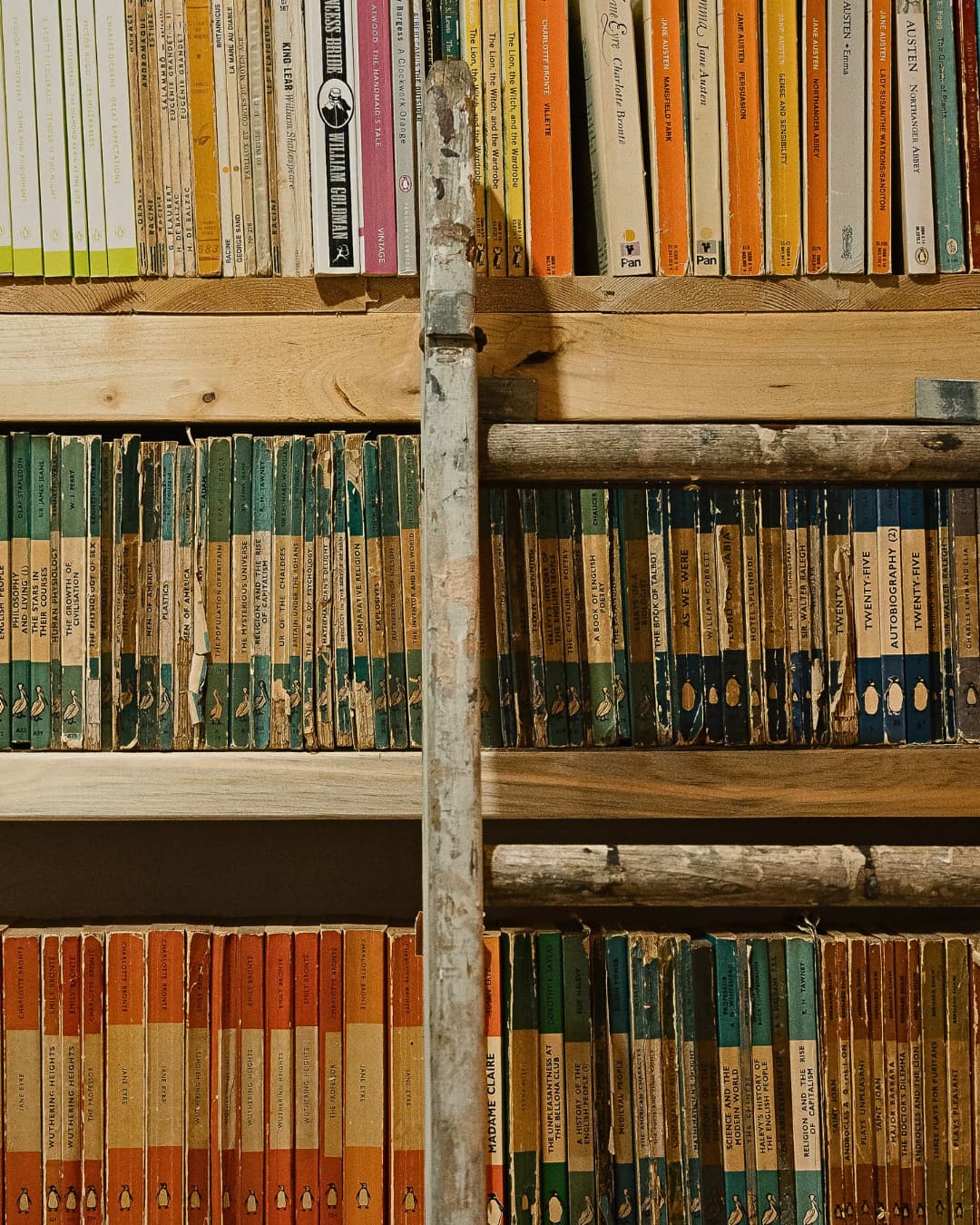
Hiding the clutter
I work from my own gallery, so because my space is open to the public, everything is neatly stashed away behind my counter. You’d be amazed at how much I have stored there!
The retail area also doubles as storage. I have different sized recycled drawers for my sewing machine and haberdashery, that not only hide my stored equipment but also allow me to beautifully display my work on the front edge of my desk.
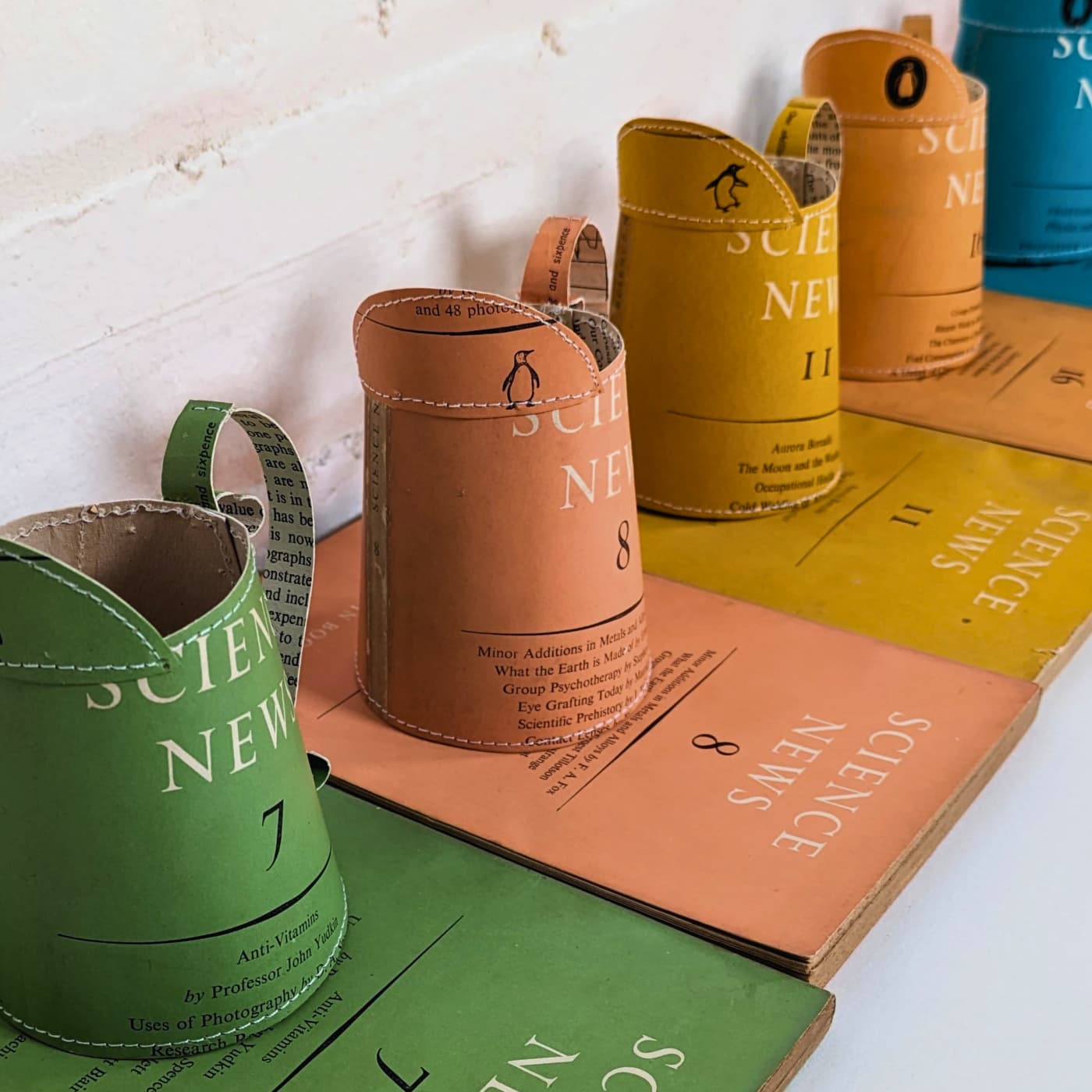
Hooks & hangers
I have some S hooks hanging on the backs of the drawers to hold scissors, punches and tape. I even hang my orders and postal receipts to help streamline the making and posting of orders. And I made a pull-out packaging shelf that has tissue paper, stickers, postage labels and return address stickers. This means I can now package my work without having to clear my desk.
Lastly, I set up a shelved area at the back of the space to house all my workshop resources, examples and materials. It also houses my maps (arranged by region) and books (arranged by colour) which can be reached by a perfectly-sized vintage library ladder. It’s my favourite part of the space, as I can instantly find the paper I need when an order comes in.
Jennifer Collier is based near Stafford, UK. Her work has been featured in over 100 magazines and in many books. Jennifer’s work has been shown internationally and is stocked in galleries at The Museum of Art and Design (New York), Liberty, and the Victoria and Albert Museum.
Artist website: jennifercollier.co.uk/
Instagram: @paperjennifer
Facebook: paperjennifer
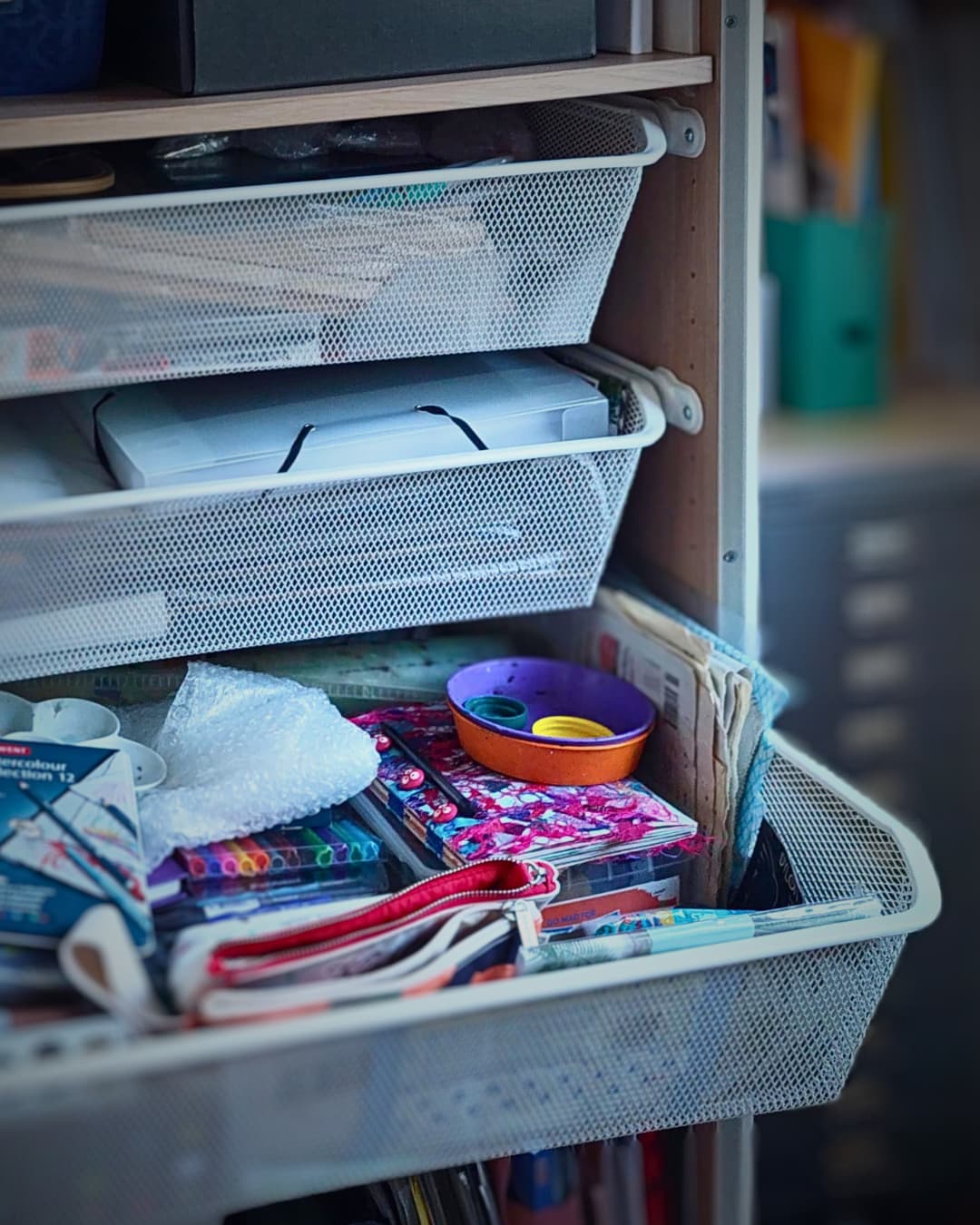
Jess Richardson
Jess Richardson, Stitch Club member: When the pandemic hit, I worked from home. After a few months sitting among bags and boxes of my stash, I knew I had to get organised.
Fortunately, I had space for a deep double wardrobe, but I needed one with attractive doors as the wardrobe would be my backdrop for on-camera work meetings. Online meetings definitely forced me to be tidy!
I purchased a wardrobe from IKEA and then set myself a ‘cupboard rule’: I could only have materials and supplies that fit behind the wardrobe’s doors. Nothing else!
I’m happy to report I’m still sticking to that rule, but it’s been challenging at times.
“My cupboard rule does make me consider whether I need anything new.”
Jess Richardson, Stitch Club member
I can easily pull out what I need since everything is organised in one place. It also keeps my husband happy because my stuff isn’t taking over the house!
I also use other IKEA storage solutions, including big square see-through cubes for small pieces of fabric (one for patterned and one for plain). Pull-out wire baskets are great for tools, paper and art materials. Small clip-lock boxes hold beads, and large storage boxes hold yarns, ribbons and card embellishments. Larger pieces of fabric are sorted by colour, folded and put on shelves.
I usually make things at the dining table or on my lap, so I also put everything I’m using in a box lid or tray so I can set it aside at the end of the day. But when I retire, I’ll be able to use my large sit-stand work desk as my new making space. I’ll blissfully be able to leave my projects out.
Jess Richardson lives in Hampshire, UK. She loves mixed media, especially using paper or printing with stitch. Jess joined Stitch Club in 2020.
Now that you’ve learned tips for organising your workspace, is it time to stop adding to your stash? Learn creative tips for working with what you already have and more.
Featured stitchers
- Elisabeth Rutt is based in Suffolk, UK and is a member of the Society of Designer Craftsmen.
- Lauren Austin is based in Florida, USA and is known for her story quilts.
- Deborah Boschert is based in Texas, USA and is the author of Art Quilt Collage: A Creative Journey in Fabric Paint and Stitch.
- Isobel Currie is based in Greater Manchester, UK and is a member of the 62 Group of Textile Artists.
- Jennifer Collier is based near Stafford, UK and is known for her stitched paper artworks using recycled materials.
- Rosalind Byass is based in Melbourne, Australia and joined Stitch Club in 2020.
- Jeannie Holler is based in northern California, USA, and joined Stitch Club in 2020.
- Jess Richardson is based in Hampshire, UK and joined Stitch Club in 2020.

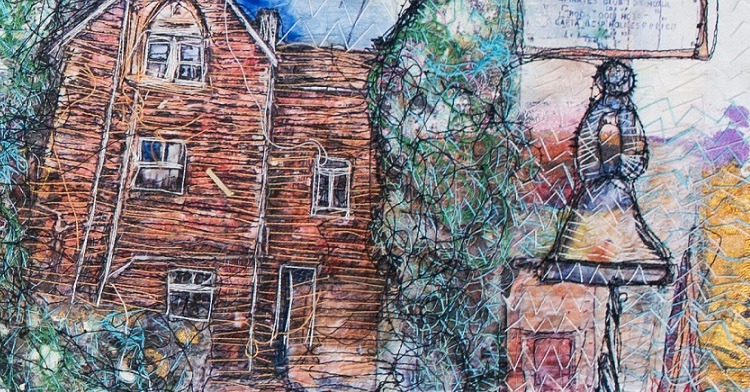
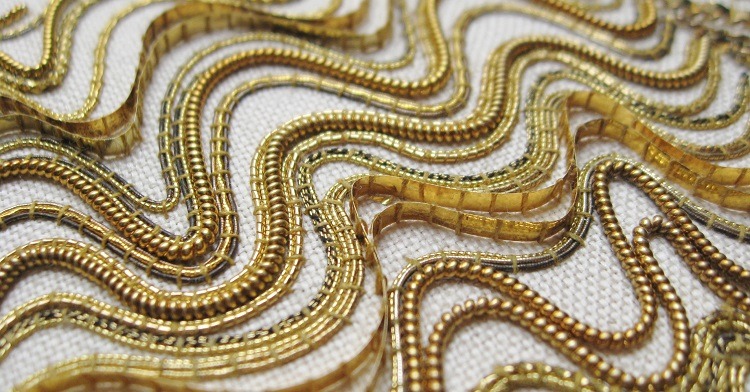
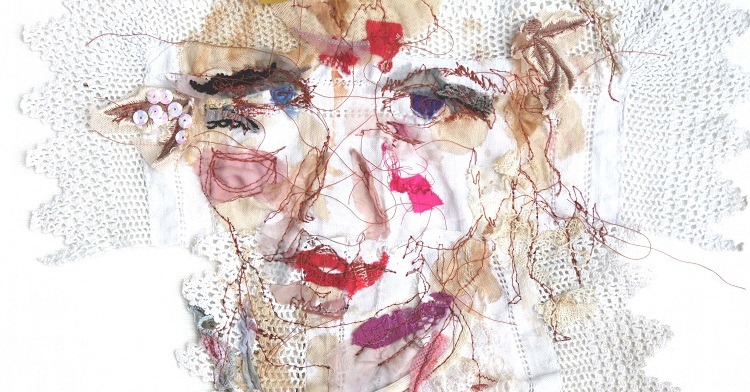
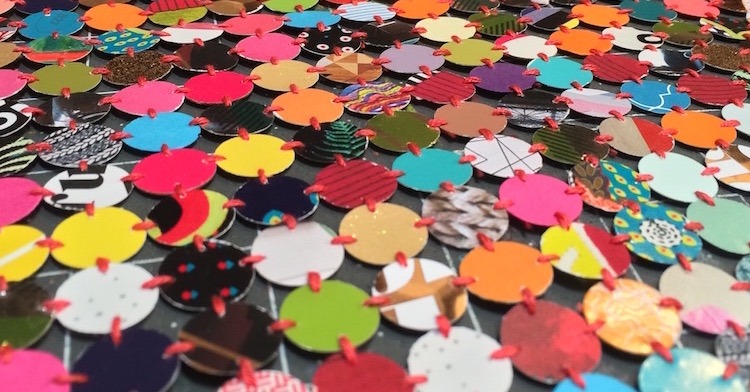
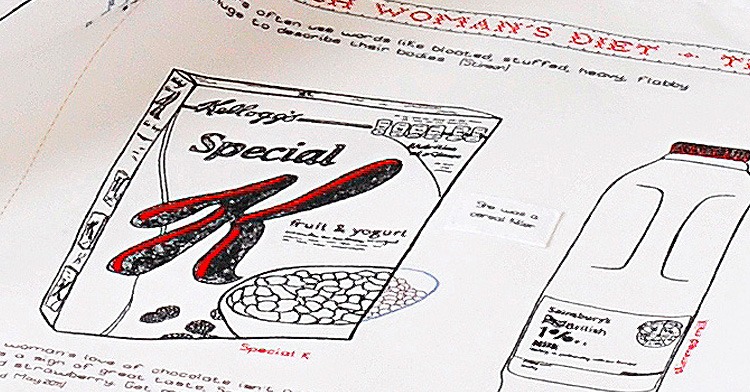
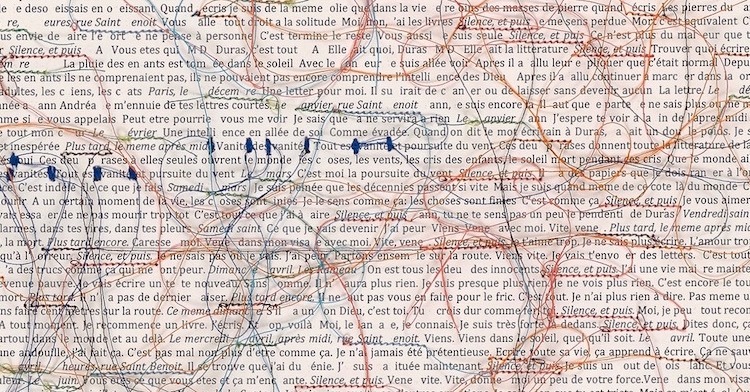
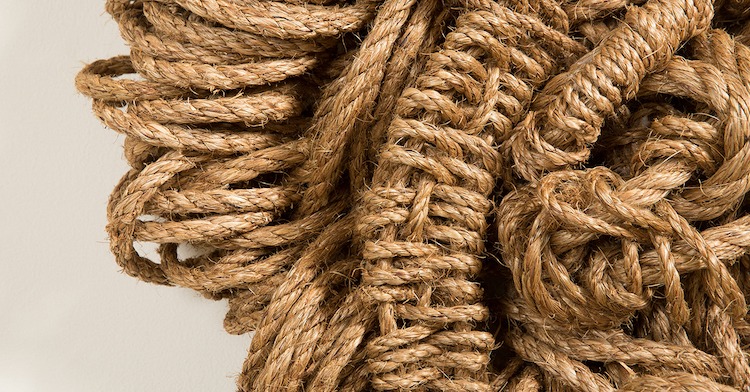
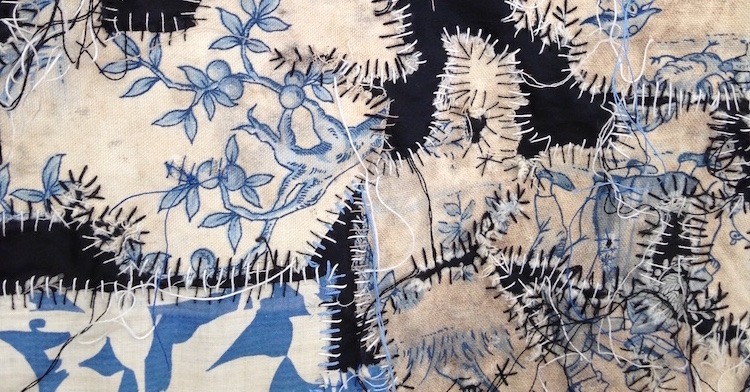
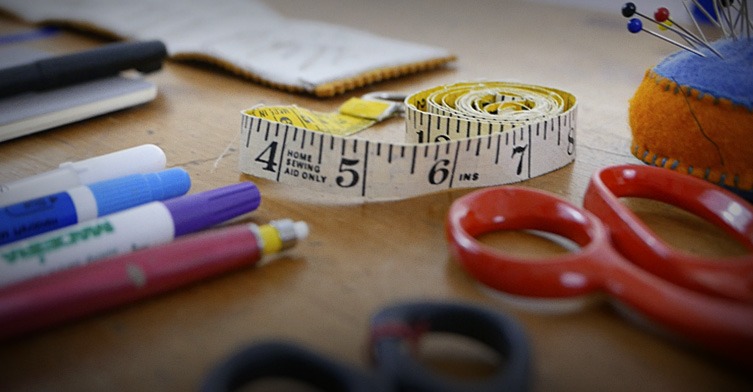

7 comments
Helen Crawford
I am a textile and mixed media artist, so have to store a wonderful array of fabrics and paints, collected over a lifetime( I am 78). I have 2 IKEA double wardrobes which we fitted with shelves, positioned to allow large plastic boxes for my dyed silk fibres, plus sliding shelves on which I lay unfinished textile pieces. I have 2 standard IKEA kitchen units, 40cm wide x 60cm deep x60cm high. The cabinet to the left of my sewing table holds all my threads, sorted by colour and stored in 2 litre rectangular ice cream tubs. No lids necessary. Bobbins are in the top drawer, sitting in open bobbin cases. My Juki Perfection sewing machine is on a cabinet built by my husband, the machine can be lowered into the body of the cabinet by a hydraulic mechanism purchased from Horne. The cabinet has a hinged table, so all can be folded away when necessary. I also have 2IKEA kitchen cabinets fitted with shelves to store papers etc. A couple of very narrow IKEA kitchen cabinets, arranged on top of each other are great for storing sketchbooks and other items. Hope this is helpful. I would send pictures to make it clearer, but not sure how to.
Christine Strong
This is more a plea for help than a helpful comment ! Storage : I work in a tiny bedroom which I share with a single bed which takes up space. My ” bits” threads ,dyes,inks,etc etc. I keep each one of the items in black boxes but I don’t know the contents it’s question of guessing. I sent for clear shoe boxes from amazon, but they were opaque and flimsy. I need 48. Any recommendations, please?
Jenny Lucas
Number the boxes and keep a list of what is added to each box as you go along. Just consult your list when you need to find something
Joan Flynn
My garage is my workspace. I refuse to waste a perfectly good room on a car! I have a household door with legs especially made for my height, so I can work on large projects. Fabrics, beads, lace and ribbons live in various sized plastic storage boxes under the table. An L-shaped area consisting of my sewing desk and a large rectangular table are my main work area with my sewing machine and overlocker. A swivel chair allows me access to desk, table and ironing board. It all usually looks pretty messy but it works for me
Linda Powell
It’s always interesting to read of other makers systems. As I also pattern cut I start with a work bench elbow height with shelving underneath both for rolls and boxes of fabric plus denim bits. The textile art is in the form of quilts n banners. Had a major sort out a while back making decisions of where my work would take me. I get given a lot but I’m also ruthless about what I choose to keep and what to share. @lindapowellpatterncutting
Frances
Loved this read. I used to store my threads by type it recently went to by colour. I have clear storage boxes that fit on my bookshelf, easily visible. I will now add beads to these boxes, fabulous idea. Love also the, possibly elastic in front of the sewing thread storage. I made myself something sitar years ago, but the threads so easily get knocked off. Will update mine tomorrow. What I have with this is a short nail on the “shelf” that I can slot the machine bobbin that holds the same thread. I stop the unravelling by slipping over some flexible rubber tubing that has been cut to size.
Thanks for the read.
Heather Phillips
My studio is a small room in my house, always in a muddle. Recently bought from a charity shop 2 open fronted cube bookshelves for my fabric. Marvellous! All sorted by colour and I can now see it. Other art materials are in shoe boxes, labelled. I use tall empty tins for pencils, pens, brushes etc. Box files are also useful. But I’d still like a bigger room, as I really need a bigger table, especially when I do printmaking. Maybe some day!